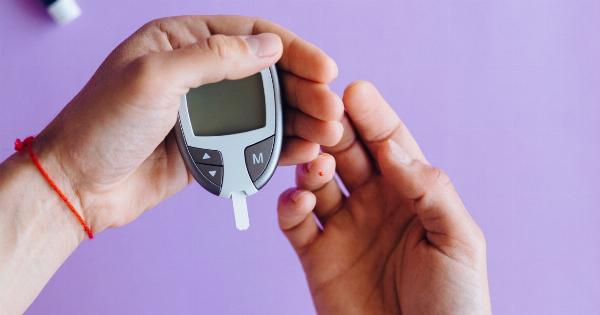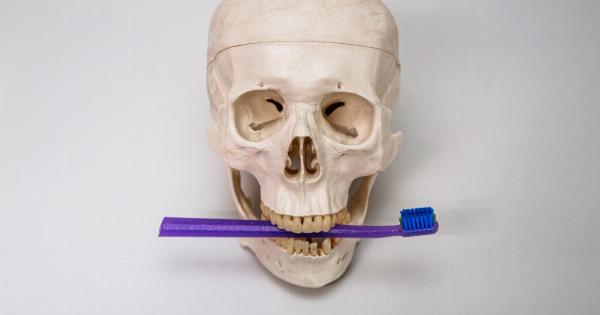Stroke, a medical emergency that occurs when blood flow to the brain is disrupted, can have devastating consequences.
It is a leading cause of long-term disability and the second leading cause of death globally, according to the World Health Organization. While certain risk factors for stroke, such as high blood pressure or smoking, have long been recognized, recent research has identified a surprising link between personality traits and the risk of stroke.
In particular, one personality trait has emerged as a potential predictor of stroke – Type A behavior.
What is Type A behavior?
Type A behavior is characterized by a complex set of personality traits, including competitiveness, impatience, aggressiveness, and an excessive focus on achievements.
Initially identified in the 1950s by cardiologists Meyer Friedman and Ray Rosenman, Type A behavior was originally associated with an increased risk of coronary heart disease. However, more recent studies have suggested a potential connection between Type A behavior and stroke as well.
The Connection Between Type A Behavior and Stroke
Several studies have indicated that individuals with Type A behavior may be more prone to developing stroke compared to their Type B counterparts. Type B behavior, in contrast, is characterized by a more laid-back, easygoing, and relaxed attitude.
While it is important to note that not all individuals with Type A behavior will develop stroke, and not all stroke cases are related to Type A behavior, there appears to be a significant association between the two.
Potential Mechanisms
The exact mechanisms behind the relationship between Type A behavior and stroke are not yet fully understood. However, researchers have proposed several potential explanations:.
1. High Blood Pressure
Individuals with Type A behavior are often under a great deal of stress due to their competitive nature and desire to achieve success. This chronic stress can lead to increased blood pressure levels, which is a well-established risk factor for stroke.
2. Lifestyle Factors
Type A individuals may engage in particular unhealthy behaviors that increase their risk of stroke. These behaviors can include smoking, excessive alcohol consumption, poor diet, and lack of physical activity.
Collectively, these risk factors contribute to the development of stroke.
3. Emotional Reactivity
People with Type A behavior are known to be more emotionally reactive and prone to hostility and anger compared to those with Type B behavior. These negative emotions can trigger physiological responses that contribute to the development of stroke.
4. Hyperactivity of the Sympathetic Nervous System
Individuals with Type A behavior often exhibit hyperactivity of the sympathetic nervous system, which regulates the body’s response to stress. This prolonged activation can lead to chronic inflammation and increased risk of stroke.
Preventing Stroke in Type A Individuals
While Type A behavior may be associated with an increased risk of stroke, it is important to remember that it is just one of many factors that contribute to this condition.
For individuals with Type A behavior, there are several strategies that can help reduce the risk of stroke:.
1. Stress management
Learning effective stress management techniques, such as deep breathing exercises, meditation, or engaging in relaxing activities, can help Type A individuals lower their stress levels and reduce the risk of stroke.
2. Healthy lifestyle choices
Eating a balanced diet, exercising regularly, avoiding smoking, and moderating alcohol consumption are essential for stroke prevention.
Making these healthy lifestyle choices can significantly lower the risk of stroke in individuals with Type A behavior.
3. Anger management
Recognizing and controlling anger is crucial for managing Type A behavior and reducing the risk of stroke. Therapy or counseling can be beneficial in helping individuals develop effective anger management strategies.
4. Regular health check-ups
Regular check-ups with healthcare professionals are important for Type A individuals to monitor their blood pressure, cholesterol levels, and overall health. This allows for early detection and management of any potential risk factors for stroke.
Conclusion
While Type A behavior may be associated with an increased risk of stroke, it is important to remember that stroke is a complex condition with multiple contributing factors.
Type A behavior alone does not guarantee the development of stroke, and individuals with Type A behavior can still take steps to reduce their risk. By managing stress, making healthy lifestyle choices, and seeking appropriate support, Type A individuals can proactively protect themselves against stroke.






























